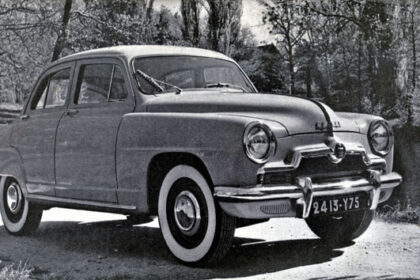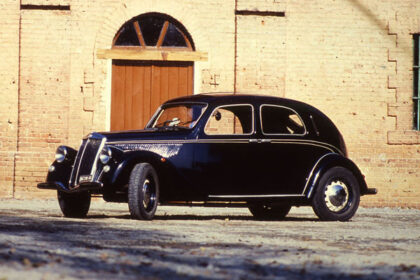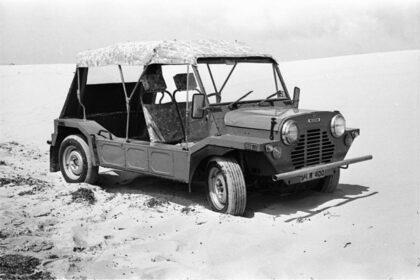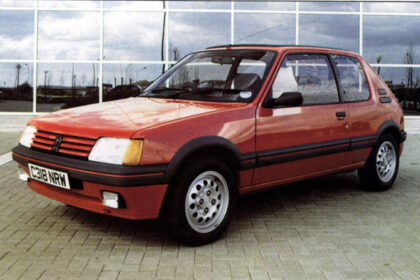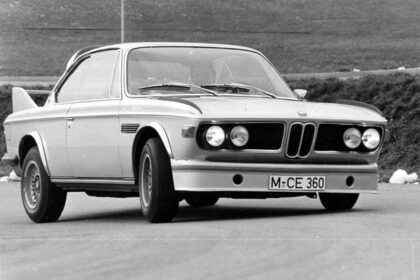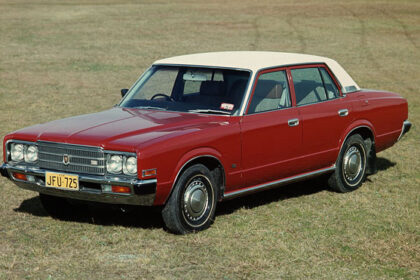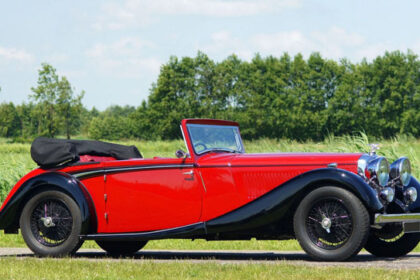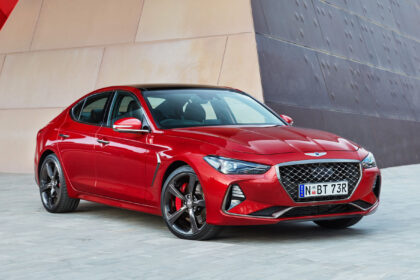HUDSON HORNET

Hudson is another brand that is no longer produced. Although it started in 1909, by the early 1950s the brand had been acquired by Nash and went into limbo. If Hudson is to be remembered for anything it should be for their innovative engineers who were able to produce good designs with very limited budgets. In 1954 Hudson launched its Hornet which replaced the aged 1948 model that had proved unable to compete with the V8s from other manufacturers. Although the Hornet had only an L-section six-cylinder 5.0-litre engine which… Read more




